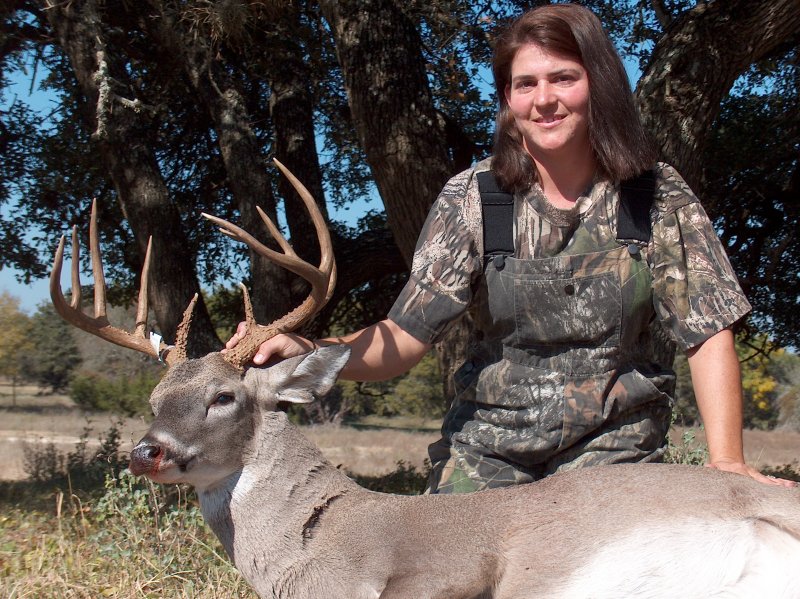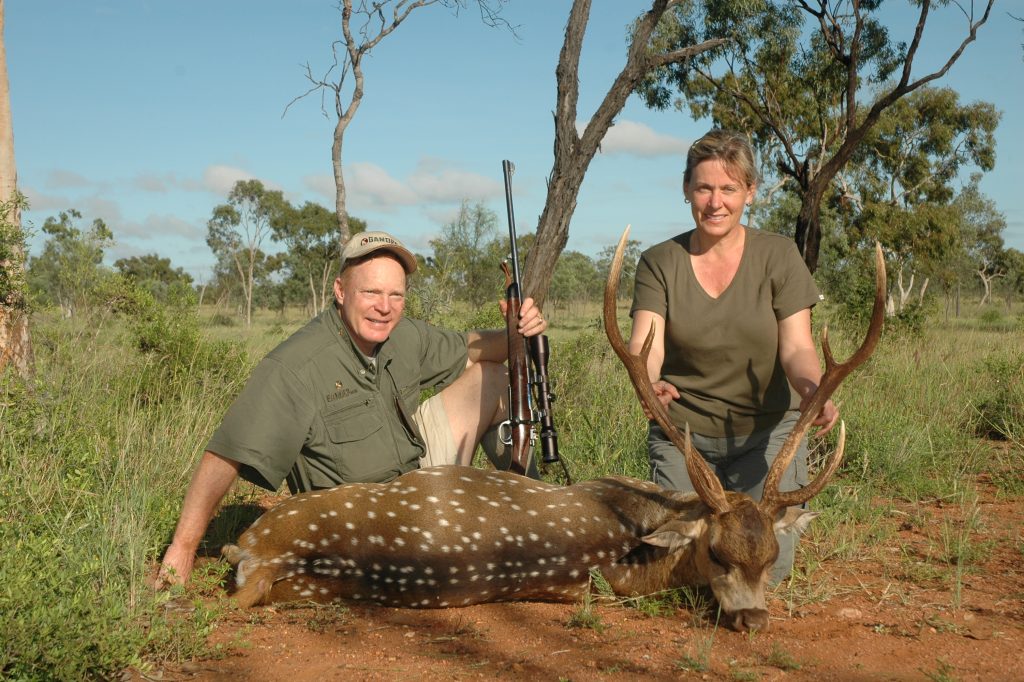Exploring the Excitement of Searching Adventures in Diverse Landscapes
The pursuit of hunting in diverse landscapes provides a fascinating intersection of skill, technique, and respect for nature. Each terrain, from the stunning elevations of the mountains to the complex environments of marshlands, provides distinctive difficulties and rewards that can considerably shape the hunting experience. Understanding these different settings not just boosts the excitement of the chase but additionally deepens one's link to the environment. As we examine the unique attributes of each setting, it comes to be clear that the experience extends past the hunt itself, leading to questions about preparation, state of mind, and the honest effects of the sport.
Mountain Hunting Experiences
As hunters ascend the tough surface of mountainous regions, they usually encounter a distinct blend of obstacles and incentives that define the hill searching experience. The elevation and steep slopes demand not only physical endurance yet additionally strategic planning. Browsing rocky outcrops and variable climate condition can examine even the most skilled seekers.
The primary appeal of hill searching lies in its impressive landscapes and the possibility to go after evasive game varieties, such as mountain goats or elk, which are adjusted to these harsh settings. Spotting and stalking these pets frequently calls for a keen understanding of their habits and environment, making each successful encounter profoundly pleasing.

Nevertheless, safety and security stays vital; seekers must furnish themselves with appropriate equipment and knowledge to take care of the unpredictable aspects of the hills. Generally, mountain hunting uses a compelling mix of adventure, skill, and regard for the all-natural world that continues to attract fanatics year after year.
Forests: The Heart of the Quest
Engaged in the dense plant of woodlands, seekers take part in a diverse experience that combines method, ability, and a profound connection to nature. Woodland hunting provides distinct difficulties and incentives, as the thick underbrush and imposing trees create a complicated setting for both killer and target. The element of stealth becomes vital, needing seekers to browse calmly through the foliage, attuned to the sounds and activities of wild animals.
From deer and wild boar to smaller video game, each quest requires a tailored approach. The woodland's elaborate trails and natural barriers often determine hunting approaches, requiring flexibility and fast decision-making.

Open Plains and Game Tracking
Open up plains provide a vast stretch that provides distinct chances and difficulties for seekers involved in video game monitoring. The open landscape permits exposure over cross countries, making it possible for seekers to detect video game such as antelope, deer, or wild turkey from afar. This same visibility can make it testing to technique without being spotted, as animals have an unhampered sight of their surroundings.
Successful video game tracking in these environments needs an eager understanding of pet behavior, specifically their watering, movement, and feeding patterns. Understanding of the terrain is essential; seekers have to identify functions such as grassy ridges, watering holes, and all-natural cover that can aid in strategic positioning. Wind direction plays a crucial role in reducing scent discovery, necessitating mindful planning in technique.
Using tracking methods, such as observing tracks, droppings, and feeding signs, can offer important understandings right into animal activities. The capacity to adapt and check out the land to changing problems boosts the chance of a successful quest. Ultimately, the adventure of monitoring video game across open plains exists not just in the search but also in the proficiency of abilities that link hunters to the wild landscape they navigate.
Coastal and Marshland Experiences
The unique atmosphere of coastal and marshland locations provides seekers with a various collection of obstacles and opportunities contrasted to the vast open levels. These rich communities, characterized by a mix of saltwater and freshwater environments, use varied wildlife, consisting of waterfowl, migratory birds, and different tiny video game species. The dynamic nature of trends and seasonal adjustments can significantly influence game availability, requiring hunters to adjust their strategies appropriately.

Furthermore, climate problems, such as high winds and rain, can play a considerable function in searching experiences (free range axis hunts in Texas). Hence, prep work and knowledge of local problems are critical. Eventually, coastal and marshland journeys supply an exhilarating searching experience that tests even one of the most skilled hunters, highlighting the significance of flexibility and ecological awareness
Tips for Diverse Terrain Searching
Navigating diverse surfaces needs a strategic technique to optimize searching success. Each landscape offers one-of-a-kind difficulties and opportunities that hunters need to recognize to flourish.
To start with, familiarize on your own with the particular characteristics of the surface-- whether it be mountainous, forested, or dry. Researching topographical maps and satellite images can give understandings right into the best paths and potential game trails. free range axis hunts in Texas. Furthermore, consider the weather condition patterns, as they can significantly influence pet activity and habits
Secondly, adjust your gear to fit the setting. Light-weight gear is check that vital for mountainous areas, while waterproof devices is important for marshland. Always make certain that your camouflage lines up with the natural colors and appearances of the landscape to enhance camouflage.
In addition, method perseverance and monitoring. Hang out silently checking your environments; lots of animals are skilled at blending into their setting. Make use of phone calls and aromas that mimic regional wild animals to attract your target.
Last but not least, team up with knowledgeable hunters aware of the terrain. Their expertise can use invaluable pointers and improve your total success while making sure safety and security in unknown landscapes. By using these strategies, hunters can successfully browse diverse surfaces and boost their chances of a satisfying adventure.

Final Thought
The exploration of searching journeys throughout varied landscapes reveals the intricate relationship between humans and nature. Each atmosphere, from tough mountains to thick forests, open plains, and coastal marshlands, offers distinct challenges that enhance the hunting experience. These varied terrains not only require ability and versatility however also cultivate a deeper recognition for wild animals and the ecological communities in which they flourish (free range axis hunts in Texas). Ultimately, the adventure of the hunt is enhanced by the charm and intricacy of the environment.
Each surface, from the majestic elevations of the mountains to the detailed environments of marshlands, uses distinctive obstacles and incentives that can significantly form the searching experience.As seekers ascend the rugged terrain of mountainous regions, they usually experience a distinct mix of difficulties and incentives that define the mountain searching experience. Woodland hunting presents distinct difficulties and incentives, as the thick underbrush and imposing trees create a complicated setting for both killer and target. Inevitably, coastal and marshland journeys provide an awesome searching experience that challenges even the most experienced seekers, highlighting the importance of adaptability and ecological understanding.
Each environment, from sturdy mountains to thick forests, open levels, and seaside marshlands, presents one-of-a-kind challenges that improve the searching experience.